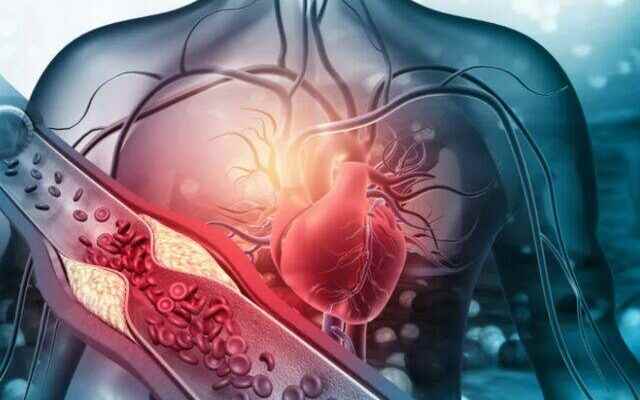Vascular occlusion is one of the most common health problems in the community. Atherosclerosis usually progresses without symptoms, increasing the risk of heart attack and stroke. There are a wide variety of foods that cause atherosclerosis. Research shows that there are foods you eat all the time that can clog your arteries, and knowing which ones to avoid or limit can save your life.
POSSIBLE TO PREVENT FATAL DISEASE
Clogged arteries occur when plaque builds up and restricts blood flow to tissues and vital organs in the body. The condition is called atherosclerosis and can affect almost every part of you, including the arteries in your heart, brain, arms, legs, pelvis, and kidneys. They have different names depending on which arteries are affected. “Atherosclerosis-related disease is the leading cause of death in America. About half of Americans aged 45 to 84 have atherosclerosis and don’t know it.” Atherosclerosis is deadly and dangerous, but it can be prevented. Food choices greatly contribute to this situation.
SOME FOODS CAN BE LIMITED
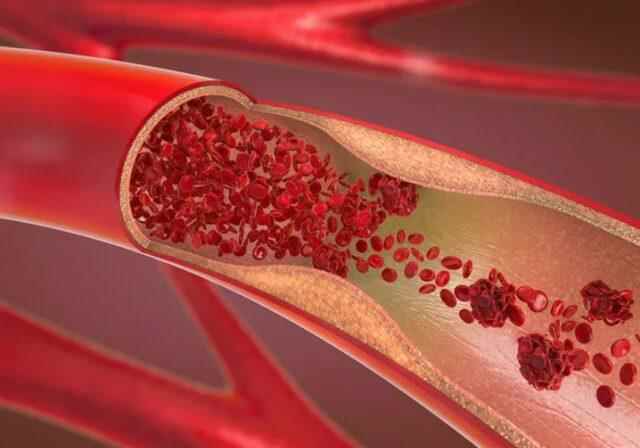
Clogged arteries are a silent killer and often show no symptoms until they have a major health problem, such as coronary artery disease, heart failure, stroke, or even death. It is always recommended to keep up with your routine doctor visits, and Dr. “If diagnosed early enough, exercise and lifestyle changes can help reduce the risk of blockage before more significant damage occurs,” explains Mitchell. Limiting and avoiding certain foods can help keep cholesterol in check as well as reduce the risk of atherosclerosis.
SYMPTOMS OF AVOIC OCCLUSION
- sudden vision loss
- blurred vision
- Numbness, tingling, loss of strength and numbness in one half of the body
- difficulty walking
- balance disorder
- clouding of consciousness
- speech disorder
- dizziness
FOODS THAT CLOCK VESSELS
BACON
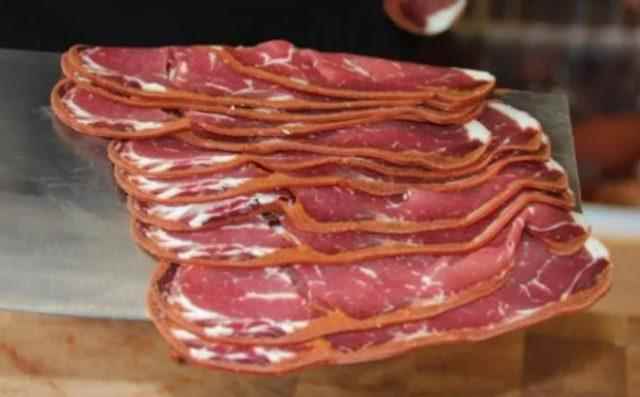
Bacon can have a high enough fat content that it can cause clogging. High levels of saturated fat promote inflammation, which can cause dehydration of skin cells and contribute to atherosclerosis, the gradual narrowing of blood vessels that leads to heart attack or stroke. Therefore, it is important that we are aware of how much bacon we are eating. “Another big health risk with bacon is that it can be high in sodium. Most people are unaware of the high levels of salt and other preservatives found in bacon, leading them to consume too much bacon without realizing their daily needs.” intake has gone far beyond the recommended limits. This can lead to a host of problems, including water retention and elevated blood pressure.”
BUTTER
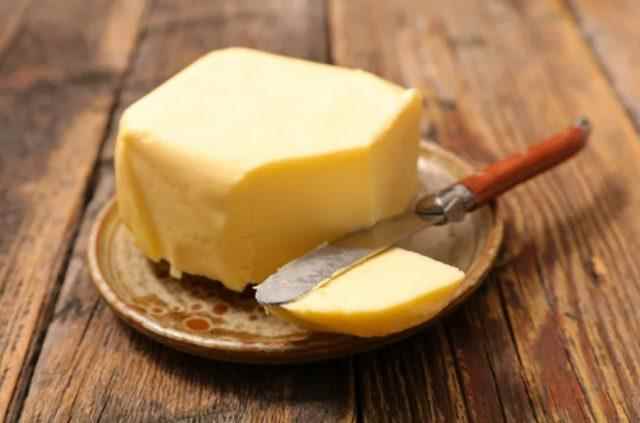
Mitchell says, “Butter is a delightful way to sweeten food, and its versatility makes it an obvious staple in most kitchens. It can be used for everything from cooking decadent treats to adding flavor to savory dishes. But the downside to using butter is its high saturated fat levels, if consumed in moderation. It can clog arteries and cause undesirable cholesterol levels, so it’s important to be in moderation when it comes to consuming butter.No matter how tasty butter is, knowing the health risks associated with it will help.
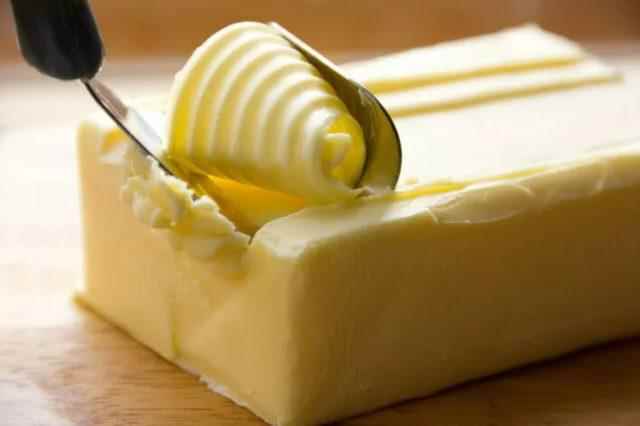
If you’re looking to reduce the amount of butter you consume or find healthier substitutes, there are several options open to you. One option is to switch to a low-fat dairy product with a reduced saturated fat content. There are also vegan spreads that are specially designed to be substituted in recipes, such as margarine made from nuts, seeds, and even herbs such as olive oil. Additionally, applesauce or mashed banana can be used if a recipe calls for melted butter. Many cooks use bananas when baking cakes and other desserts. If all else fails, replacing half of the amount of butter mentioned in the recipe with extra virgin olive oil is another way to reduce your saturated fat intake.
BISCUIT
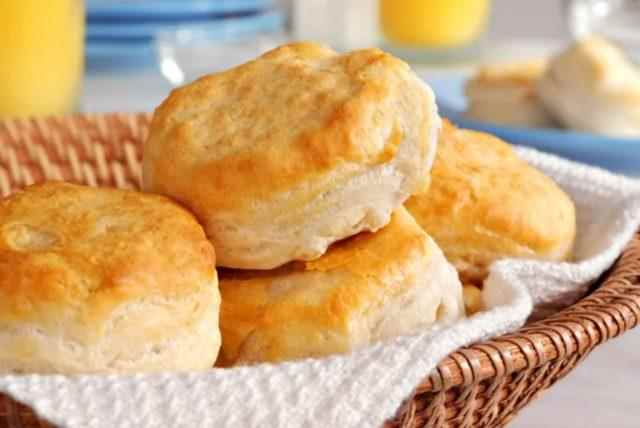
Mitchell explains: “Biscuits are eaten all over the world as a delicious side dish for lunch and dinner, or as a snack throughout the day. While they may seem small and harmless, they are often high in calories, making them an essential ingredient. Unfortunately, butter, cream Ingredients like salt and sugar cause these treats to be high in saturated fat and sodium, two things that can increase your risk of developing cardiovascular disease if eaten in excess. If you eat too many biscuits, you’re more likely to consume sources of trans fat, which has been linked to hardened arteries and other health consequences. is high.

Eating biscuits can be a great way to pamper yourself and energize, but if your goal is to maintain a healthy lifestyle, you may want to make some changes to the way you enjoy biscuits. A simple suggestion would be to choose whole wheat biscuits or ones made from other heart-healthy grains instead of traditional biscuits. You can also combine these healthy biscuits with options that add nutritional value such as fresh fruit and low-fat yogurt. To further reduce your calorie intake, you can opt for smaller varieties such as cookies or fig sticks.”
WHOLE-FAT MILK AND CHEESE

According to Mitchell, “Whole milk and cheese poses a real health concern for individuals and society, as dairy products are so often used in many of the foods we eat. The main cause of stroke and heart attack – one of the leading causes of death in both developed and developing countries. Therefore, it is important to understand exactly how much milk and cheese you should consume each day before returning to your normal diet. While health experts limit dairy intake to no more than 2 servings per day, replacing most of it with healthy alternatives such as soy milk or almond milk makes the diet healthier eating options. Taking time to balance can go a long way in helping us stay fit and active.

Reducing the amount of whole milk and dairy products in our diet can be a great way to improve our overall health. An effective strategy is to reduce portion sizes. For example, instead of regularly eating a bowl of yogurt every day, we might choose a single serving size of servings. It also has low-fat versions of popular dairy products such as skim milk or yogurt with high protein content. We can also prefer less oily ones. Additionally, non-dairy alternatives such as soy, coconut, oat or almond milk provide an equally delicious substitute without the extra saturated fat and cholesterol found in traditional dairy products. Also, replacing full-fat cheese with goat cheese made from reduced-fat milk can reduce fat intake and add a delicious flavor to meals.”
FRIED FOODS

Mitchell says, “Frying food is a common way to prepare meals quickly, but it can pose major risks to your health. Deep-frying food coats it with unhealthy grease and oil, which promotes clogging of arteries. The amount of fat and cholesterol in fried food rises drastically, This can lead to increased blood pressure and an increased risk of heart disease and stroke. Also, fried foods often require two or even three times more fat than other cooking methods, which can make a meal full. Remembering moderation is key when consuming fried foods is important.

A great way to eat fried foods without having to worry about the oils clogging the arteries or the inflammation it can cause is to bake it instead of frying it. Baking offers an easy and quick alternative that results in an equally good taste. Additionally, air-frying and oven-frying are also excellent ways to enjoy fried food flavors, both of which are healthier options due to reduced fat use.”
